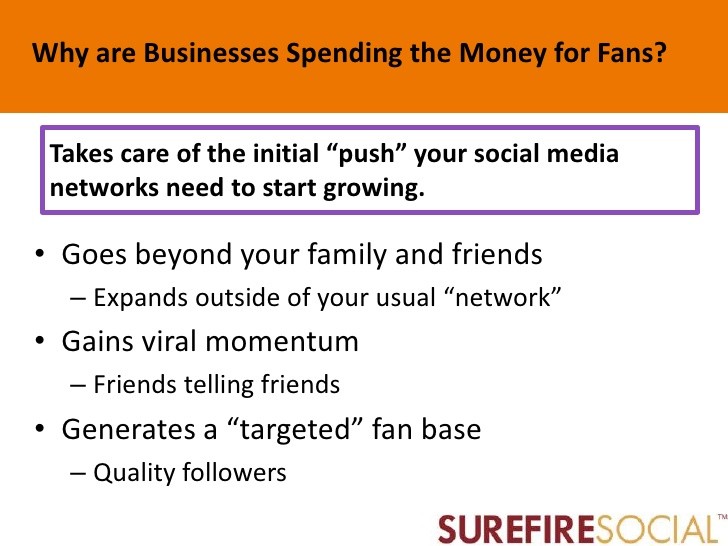Social media investing can pay off
Post on: 17 Апрель, 2015 No Comment

There’s a new breed of start-up company bringing the wisdom of crowds to trading — they call it social trading.
It is based on a simple idea — following, pioneered by Twitter. By copying the trades of more experienced, and hopefully more successful, practitioners, you can profit directly from their wisdom without having to apply too much of your own grey matter.
Arguably, the most successful exponent of the art is Israeli-based eToro (etoro.com). It provides a trading platform in addition to a place to share ideas and strategies, with the focus firmly on learning from and copying other traders. It has around two million users in 140 countries.
Chief executive and founder Jonathan Assia comments: The average win ratio [wins as a proportion of total trades] of our traders is 74%. However, when we look at the win ratio of CopyTrader — meaning trades that automatically copy another trader — we can report a higher win ratio of close to 87%.’
With eToro’s OpenBook platform, traders’ activity can be viewed by everyone else on the system and users can elect to follow a star trader, known as a guru, and copy their trades. EToro will match those trades in proportion to the size of your portfolio. You can also set an upper limit on the amount you wish to commit.
The beauty of eToro is that it allows you to transparently select traders with a proven track record of gains over one, three, six and 12 months. You can search for a guru by first determining your risk profile — high, medium or low. It’s probably sensible to initially open a trial trading account before you jump in with real funds. The minimum amount to open a trading account is £50.
Successful traders also receive a payment from eToro for each copier they attract — $10 (£6.40) per active copier — but you must first register and be accepted as a guru. EToro gurus are some of our most elite traders who not only hold a high-performing portfolio, but tend to be very communicative and share quite a bit of their trading knowledge, says Assia.
The asset split for trades on the system is 91% in currencies, 6% in commodities and 3% in equity indices, reflecting the network’s roots in foreign exchange dealing. It has around 100,000 users based in the UK and plans to increase its marketing as the UK is one of our key markets, says Assia.
EToro makes its money, as a traditional broker does, from the spread between the buy and sell price. The spreads vary depending on the asset and instrument being traded, and average out at 0.03% of a deal’s value, according to Assia.
Meanwhile, in the UK a start-up called Vidivici (www.vidivici.com), which describes itself as a financial search engine with a social edge, mines investor data and generates the best ideas for each user. That’s a tall order, so how does it do it?
Vidivici creates a view pool from the sentiments expressed by its users that it analyses in real time for the most credible among them. It then passes this on to individual investors and traders, through its trade ideas feature, the views that fit with their portfolio holdings and risk profiles.
The company has teamed up with share-trading website SharePrice (www.shareprice.co.uk), a sister website of Money Observer. To receive the latest trading ideas from Vidivici using SharePrice you have to open a funded trading account, although you can still use the chart of views feature without one.
It provides a graphical representation, akin to a scattergram, of the views of the community on how far a particular stock will rise or fall up to 15 months into the future. By setting the position of a dot on the graph you can express your own opinion on a share’s expected movement. The heavier the green shading of a view dot, the higher the credibility of the person expressing that view. Dots with a B inside are broker views. Clicking on a dot brings up the names of the users who subscribe to that view. You can also try out the system on Vidivici’s own site using a fantasy portfolio.
Founder and chief executive Jeremy Mabbitt lays out his bold mission statement: People want to get a bit more return but are faced with a huge array of quite biased middlemen of various descriptions, from banks to fund managers. Vidivici gives people transparency over what they are doing with their money, while hopefully providing a decent return.
Vidivici takes the inputs of individuals — such as risk tolerance, views and trades, if any — and analyses them to produce tailored trade suggestions. But how do they weed out the dross? Mabbitt is reluctant to go into the maths at the core of the system, but offers a general explanation instead.
He says: Because we have access to all that data, we can sift out the rampers [those trying to encourage buying of shares that they own] and the people who don’t know very much about what they are doing. We give more weight to views that have actually been traded on and where there is a performance record.
The UK start-up’s crowd-sourcing platform is still a work in progress but Mabbitt expects to secure more partners.
Tim Huckle, SharePrice’s chief technical officer, was keen to offer the added value of Vidivici’s service to his traders’ armoury. We’ve found the tool helps our customers better understand their attitude to risk and the importance of diversification whilst also providing a unique insight into the sentiment of like-minded investors, he says.
Analyst Javier Paz at Aite Group, a US-based consultancy, found, in a report he authored last year, that the profile of social trading network users tends to be younger, less wealthy and not as formally educated as typical investors have been up until now. He also stresses that these networks are not risk-free, when you consider that an investor following several elite traders is likely to be making a substantial outlay.
Paz believes a revolution is underway. He says: It could transform in a matter of a few years the way very large masses of individuals pursue an attractive return during volatile economic conditions.
EToro’s star traders take forex dealing to another level
The santoshtiwari account is a top-ranked guru’ on eToro with more than 11,000 followers and nearly 2,000 copiers. With a return, year-to-date, of 196%, it is easy to see why the trader is being copied. The account is actually run by a husband and wife team, Santosh Tiwari, 37, from Reading, and his wife Poornima, 33.

I came across eToro when I was searching on the internet for a site offering foreign exchange dealing, says Santosh. I paid a $50 deposit and made $5 on my first trade on a USD/GBP pair. That was back in August 2008. My timing was lucky because I was able to be on the right side of the fall of the pound against the dollar.
Santosh had tried other forex sites but wasn’t impressed. The terminology was all doublespeak to me and eToro was a lot clearer. Everything is consolidated in one place and straightforward to use, explains Santosh.
Santosh, being new to forex trading, learnt as he went along. He says: You cannot predict the market. If your view turns out to be wrong, it is very difficult to take the next step to fix it. You need to limit how much you trade at any one time to 10% of your portfolio and use the correlation index to take a position in hedging pairs if you find yourself on the wrong side of a trade.
Another key factor in his success has been the ability to continuously monitor the market, which since 2008 has become much easier for non-professionals with the advent of smartphone apps.
EToro pays the Tiwaris $10 for each valid copier — some copiers don’t trade or trade very little, so only about a quarter of the copiers are considered valid. Santosh thinks the copying has benefits all round. He says: It gives you a bit of incentive when you are starting out, and for people like me, coming from salaried backgrounds, it gives you a bit of financial stability. Also, it makes you more responsible with your trades because you know people are copying you.
He adds: We have another account called uktrader that we use for testing ideas and taking more risks.
Other social trading networks and tools
Wall Street Scanner — This free iPhone app claims to be able to predict share price movements by analysing stockmarket sentiment across social networks and websites as well as by using more traditional approaches such as aggregating analyst ratings and put/call options ratios.
Currensee (currensee.com) — Currensee is similar to eToro but forex only. Instead of gurus’, Currensee has trade leaders. They are paid at the rate of 15% of the realised gains of the following investor. It is free to join.
8 Securities (8securities.com) — Hong Kong-based 8 Securities is bringing social trading with real-time information on the most active buys and sells, top performers and trending topics to its share dealing platform.
SocialPicks (socialpicks.com) — SocialPicks is a community where investors can share ideas and track their peers’ performance.
StockPickr (stockpickr.com) — An offshoot of US website www.thestreet.com, StockPickr was one of the earliest websites (launched in 2007) to marry trading and social networks. Its Stock Idea Network allows users to share ideas.














